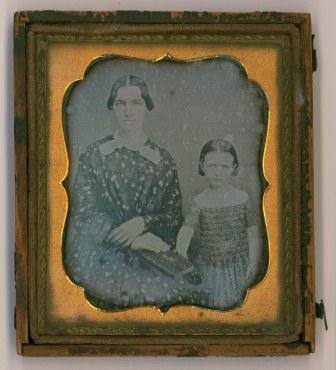By Emilie Haertsch, Publications
We recently celebrated St. Patrick’s Day, and Easter Sunday is fast approaching – both holidays that are widely honored in Boston, which has a reputation for being heavily Catholic. It is hard to believe, therefore, that there was a time when openly practicing Catholicism in Boston was illegal. But prior to the American Revolution, the city laws prohibited public worship by Roman Catholic priests. Anti-Catholic sentiment was so widespread, in fact, that there was a holiday in New England called Pope Night, which took place on November 5, when often violent, riotous participants paraded effigies of the pope, his cohorts, and the devil through the streets before they burned them (to learn more about Pope Night read this earlier post).
After the American Revolution, George Washington ordered an end to Pope Night, as it was undermining relations with Canada, and when the Massachusetts Constitution took effect in 1780 it became legal for Catholics to practice publicly. The Rev. Claudius Florent Bouchard de la Poterie, a former French naval chaplain, established the first Catholic parish in New England in 1788 on School Street in Boston, and he celebrated the first mass there on November 2, the Catholic feast of All Souls’ Day.
So exotic was Catholic worship to Bostonians when the parish opened that La Poterie felt it necessary to write an explanation of Catholic practices in order to show that there was nothing to fear. In 1789 he published a pastoral letter titled “The Solemnity of the Holy Time of Easter: The Order of the public Offices, and of the Divine Service, during the Fortnight of Easter, in the Catholick Church of the Holy Cross at Boston,” a copy of which the Society has in its collections. His explanation begins with Palm Sunday, continues through Holy Week, and finishes with Easter Sunday. He writes of the “paschal duty” of Catholics to receive the sacrament of reconciliation and the subsequent availability of daily confession to Catholics throughout Holy Week. La Poterie also illuminates the ritual surrounding Holy Thursday mass, including the washing of the “feet of 12 lads, between 10 and 14 years of age; the poorest will have the preference.” The 12 boys represented the 12 apostles, who had their feet washed by Jesus in the Gospel. La Poterie also describes the importance of the Easter Vigil mass as the time when new Catholics are welcomed into the Church through baptism.
The Holy Cross parish did not appear to have money available to pay its musicians for Easter Sunday mass. La Poterie writes, “The gentlemen musicians of this city are earnestly requested to continue to give testimony of their goodness and of their generosity, the congregation reserving themselves for more happy times to prove their gratitude and good wishes.” He indicates that a collection would be taken up at mass and the musicians would receive the results of it afterward.
Despite his efforts to demystify the perception of Catholics in Boston, by both explaining the events that would take place during Holy Week and indicating the humble nature of the parish, the letter backfired. La Poterie was rebuked by his superior, Bishop John Carroll of Baltimore, who wrote that many parts of the letter were “highly improper for publication in this country, & of a tendency to alienate from our Religion & disgust the minds of our Protestant Brethren.” La Poterie was suspended and left Boston in 1790, but the openly Catholic presence in the city of Boston remained and only grew into the 19th and 20th centuries.
The MHS itself has a connection to the first founder of a Catholic parish in Boston. MHS founder Rev. Jeremy Belknap mentions having seen La Poterie “dressed in his toga” at a religious lecture. Later, after La Poterie was disciplined, Belknap wrote in a letter to Ebenezer Hazard, “He is, I believe, but a speckled bird” (James Hennesey, S.J., American Catholics: A History of the Roman Catholic Community in the United States [New York: Oxford University Press, 1981], 78-79).


